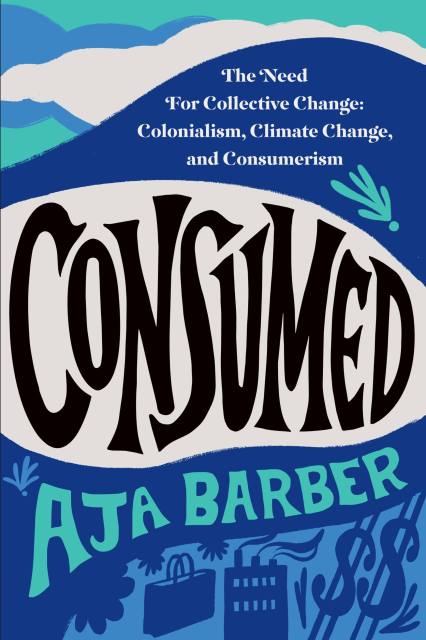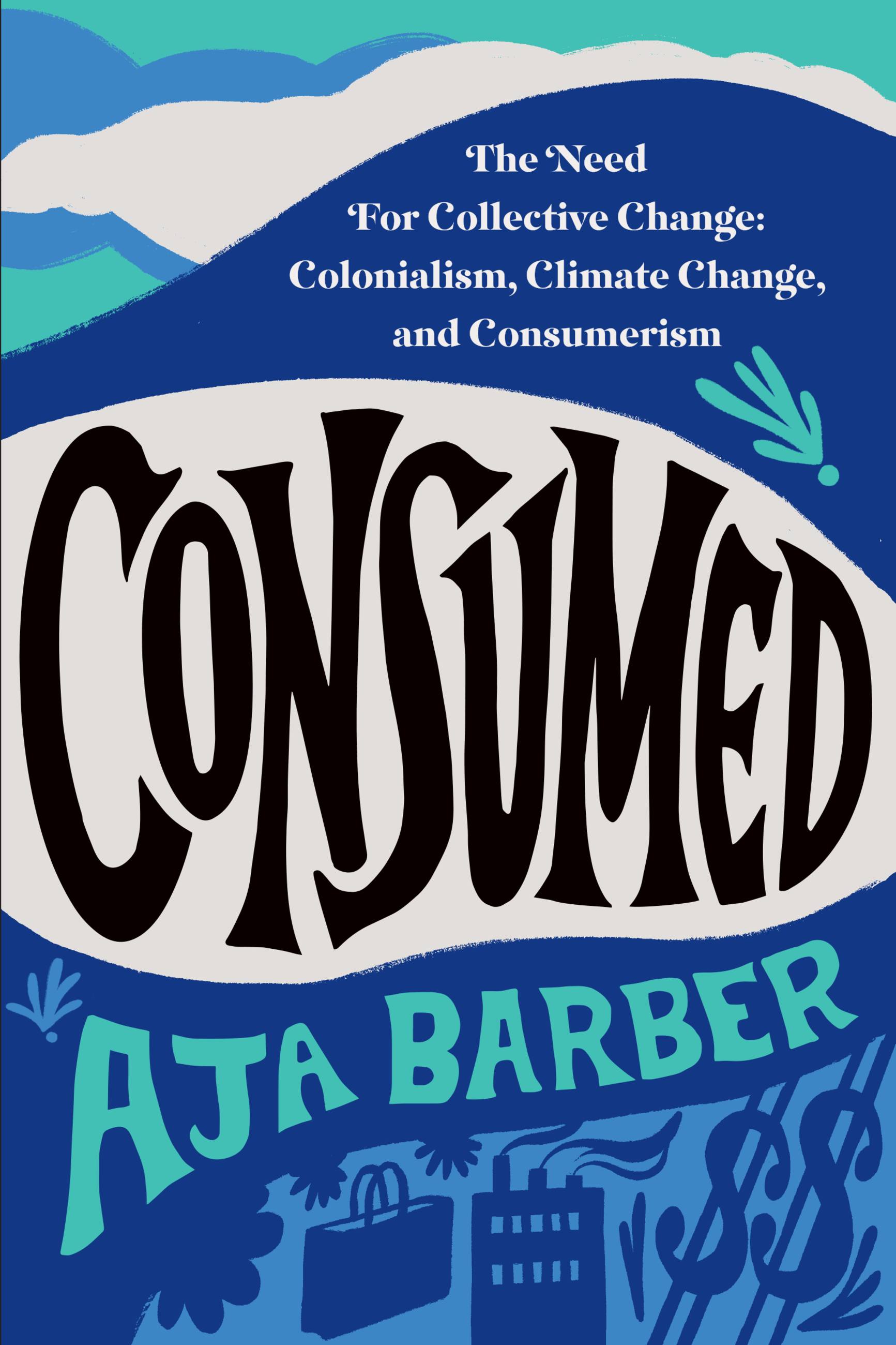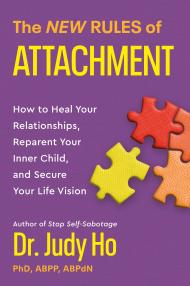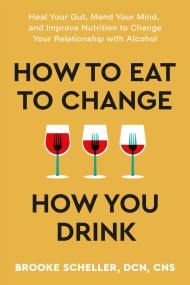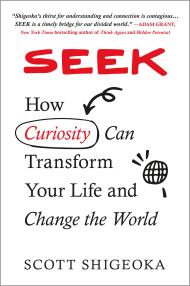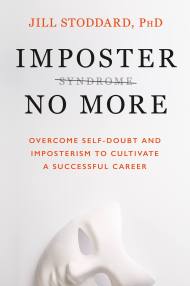Promotion
Use code MOM24 for 20% off site wide + free shipping over $45
Consumed
The Need for Collective Change: Colonialism, Climate Change, and Consumerism
Contributors
By Aja Barber
Formats and Prices
Price
$17.99Price
$22.99 CADFormat
Format:
- Trade Paperback $17.99 $22.99 CAD
- ebook $14.99 $19.99 CAD
- Audiobook Download (Unabridged) $24.98
This item is a preorder. Your payment method will be charged immediately, and the product is expected to ship on or around October 5, 2021. This date is subject to change due to shipping delays beyond our control.
Also available from:
We live in a world of stuff. We dispose of most of it in as little as six months after we receive it. The byproducts of our quest to consume are creating an environmental crisis. Aja Barber wants to change this–and you can, too.
In Consumed, Barber calls for change within an industry that regularly overreaches with abandon, creating real imbalances in the environment and the lives of those who do the work—often in unsafe conditions for very low pay—and the billionaires who receive the most profit. A story told in two parts, Barber exposes the endemic injustices in our consumer industries and the uncomfortable history of the textile industry, one which brokered slavery, racism, and today’s wealth inequality. Once the layers are peeled back, Barber invites you to participate in unlearning, to understand the truth behind why we consume in the way that we do, to confront the uncomfortable feeling that we are never quite enough and why we fill that void with consumption rather than compassion. Barber challenges us to challenge the system and our role in it. The less you buy into the consumer culture, the more power you have. Consumed will teach you how to be a citizen and not a consumer.
Genre:
-
“A rallying cry for collective responsibility. A call-to-action to bring about systemic change to textile industries, which has reaped the benefits of unfair labor practices, consumer exploitation, and caused environmental harm for far too long.”Christine Platt, The Afrominimalist
-
"Consumed takes us through the hideously complex topic of fashion and sustainability, from its knotty colonial roots to what everyday people can do to uproot those systems, today."Yassmin Abdel-Magied
-
"SUCH integrity. Aja is no bullsh*t."Florence Given
- On Sale
- Oct 5, 2021
- Page Count
- 304 pages
- Publisher
- Balance
- ISBN-13
- 9781538709849
Newsletter Signup
By clicking ‘Sign Up,’ I acknowledge that I have read and agree to Hachette Book Group’s Privacy Policy and Terms of Use
